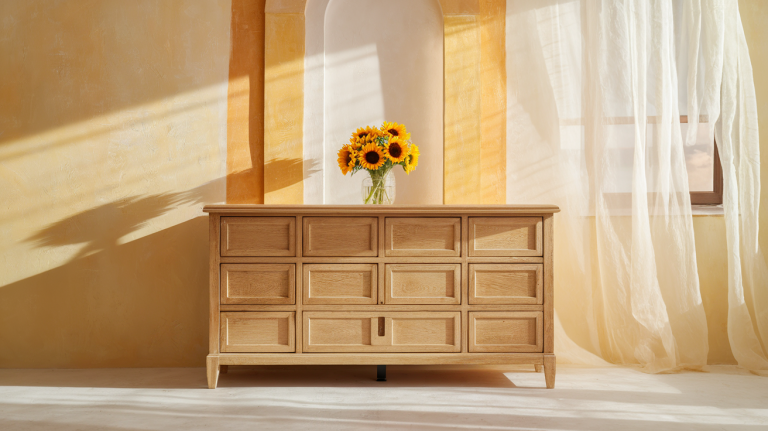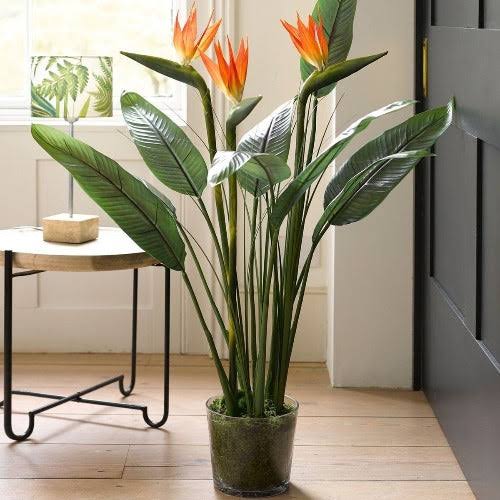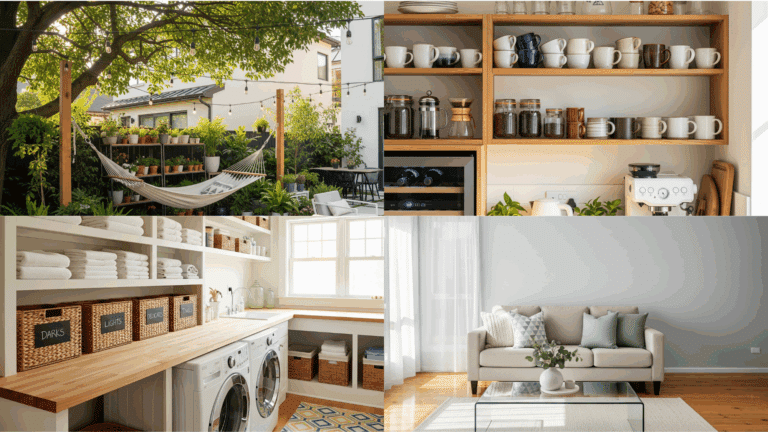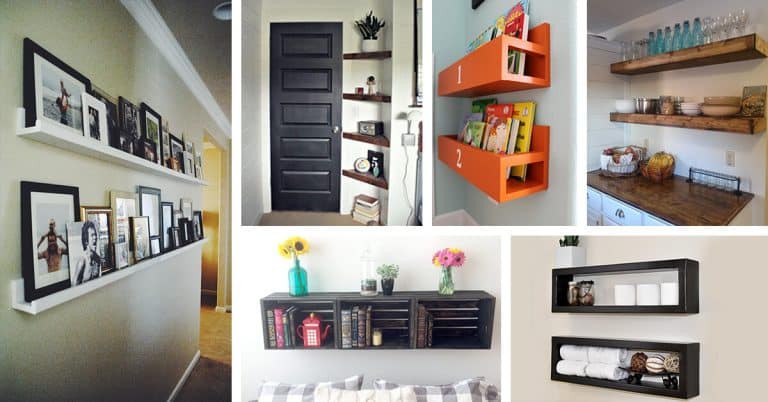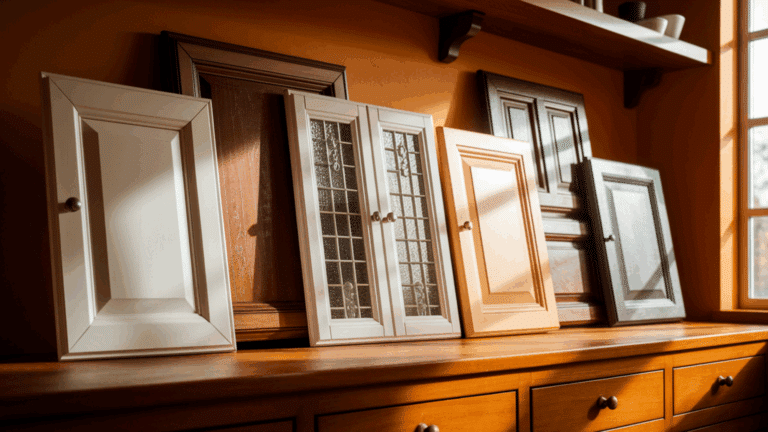Cabinet Knob Placement: Exact Measurements, Rules & Pro Tips
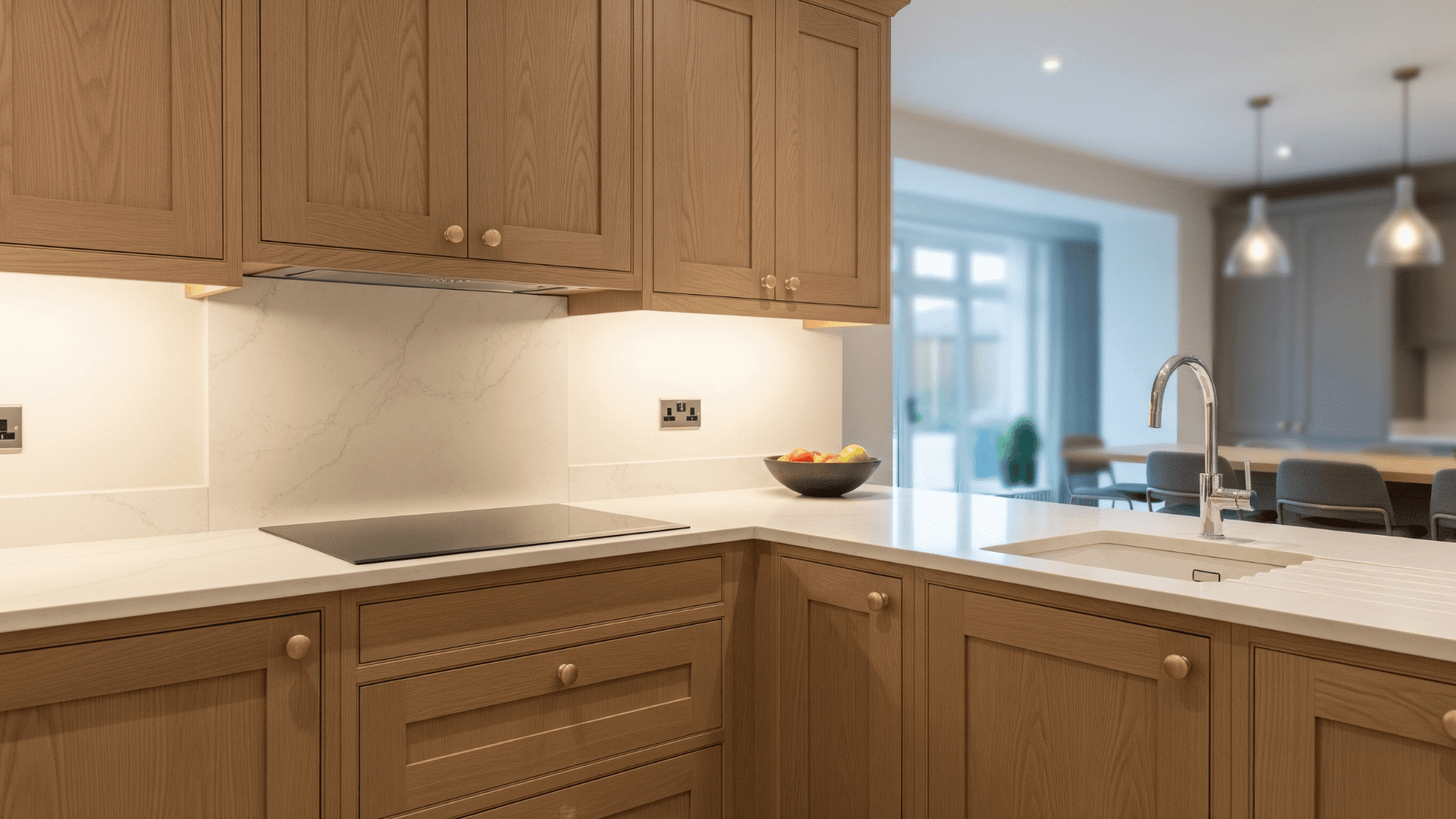
Cabinet knob placement is a small but crucial detail that greatly influences both the functionality and aesthetics of cabinetry.
Properly positioned knobs ensure ease of use, enhance the overall appearance, and create a harmonious look in your kitchen or any space with cabinets.
Generally, knobs on upper cabinets are placed near the bottom corners, while those on lower cabinets go near the top corners, opposite the hinges.
A carefully planned layout converts simple cabinetry into a polished, professional finish. This guide offers a complete, measured approach to perfect knob placement.
The Golden Basics (So You Don’t Re-Drill)
Proper cabinet knob placement avoids costly mistakes like re-drilling. For doors, always mount knobs opposite the hinge to improve leverage and accessibility. Standard placement distances are:
- Lower Cabinets: Approximately 2.5–3 inches from the top edge and about 1 inch from the side.
- Upper Cabinets: Approximately 2.5–3 inches from the bottom edge and about 1 inch from the side.
- An alternative manufacturer recommendation places knobs 3–4 inches from the non-hinged corner for both base and upper cabinets.
Following these measurements ensures both function and style without the hassle of repositioning.
Drawers: Center, Two Pulls, or Long Pull?
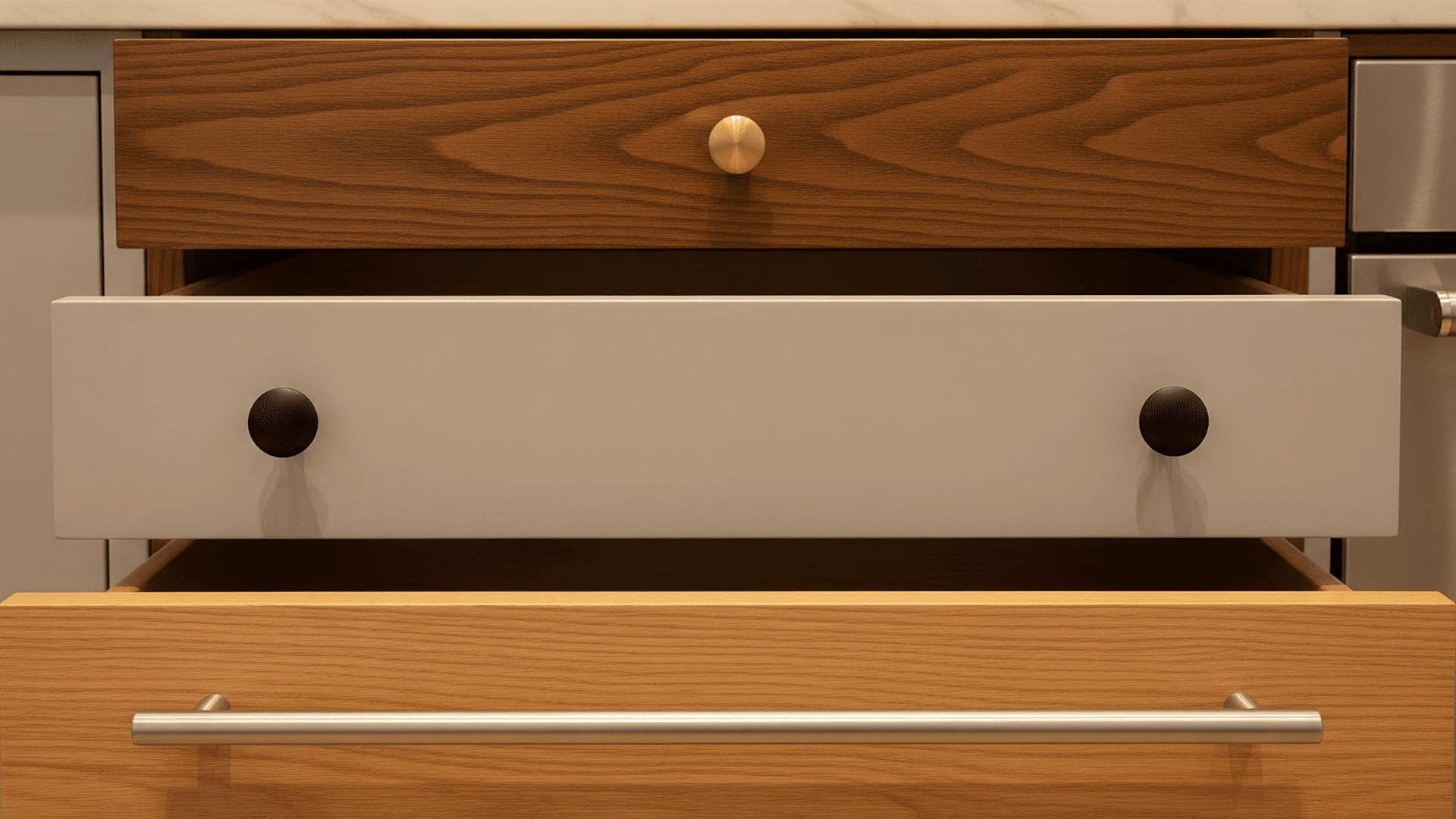
Choosing the right hardware for drawers depends on their width and style. Proper placement ensures usability and visual balance.
1. Single Centered Knob or Pull
For drawers approximately 24 inches wide or smaller, a single centered knob or pull is ideal.
This placement offers simplicity and balance, making the drawer easy to open while maintaining a clean, uncluttered appearance that suits most cabinetry styles.
2. Two Pulls or Knobs
For drawers wider than 24 inches, using two pulls or knobs improves usability by allowing a balanced grip across the drawer’s width.
Position each pull evenly in the left and right thirds to maintain visual symmetry and ease of operation.
3. Long Pulls and Specialized Pull Placement
Long pulls are best sized at about one-third of the drawer’s width for proportional appeal.
Cup pulls are typically installed in the top third of the drawer face, while finger pulls sit along the top edge, ensuring both style and ergonomic function.
Shaker Cabinets (Rails, Stiles & Symmetry)
Shaker cabinets offer a timeless, versatile design that blends simplicity with finesse.
Proper hardware placement on these cabinets improves both function and visual harmony, especially when mixing cabinet styles like Shaker and slab.
| CABINET TYPE | KNOB/PULL PLACEMENT OPTIONS | NOTES |
|---|---|---|
| Drawers | Centered on the top rail | Classic, balanced appearance |
| Doors | Center of the inset panel | Symmetrical and visually clean |
| Doors (Vertical Pulls) | 1–3 inches from corners, vertical orientation | Adds ergonomic functionality |
| Mixed Shaker + Slab | Keep hardware placement consistent across all runs | Maintains uniformity and design flow |
Following these guidelines helps achieve refined aesthetics and practical usability in Shaker cabinetry design.
Slab/Frameless & Tall Pantry Doors
Slab and frameless cabinet doors offer a sleek, modern alternative to traditional styles, emphasizing clean lines and simplicity.
Tall pantry doors require thoughtful hardware placement to balance aesthetics with ergonomic functionality.
Slab/Frameless Door Hardware Placement
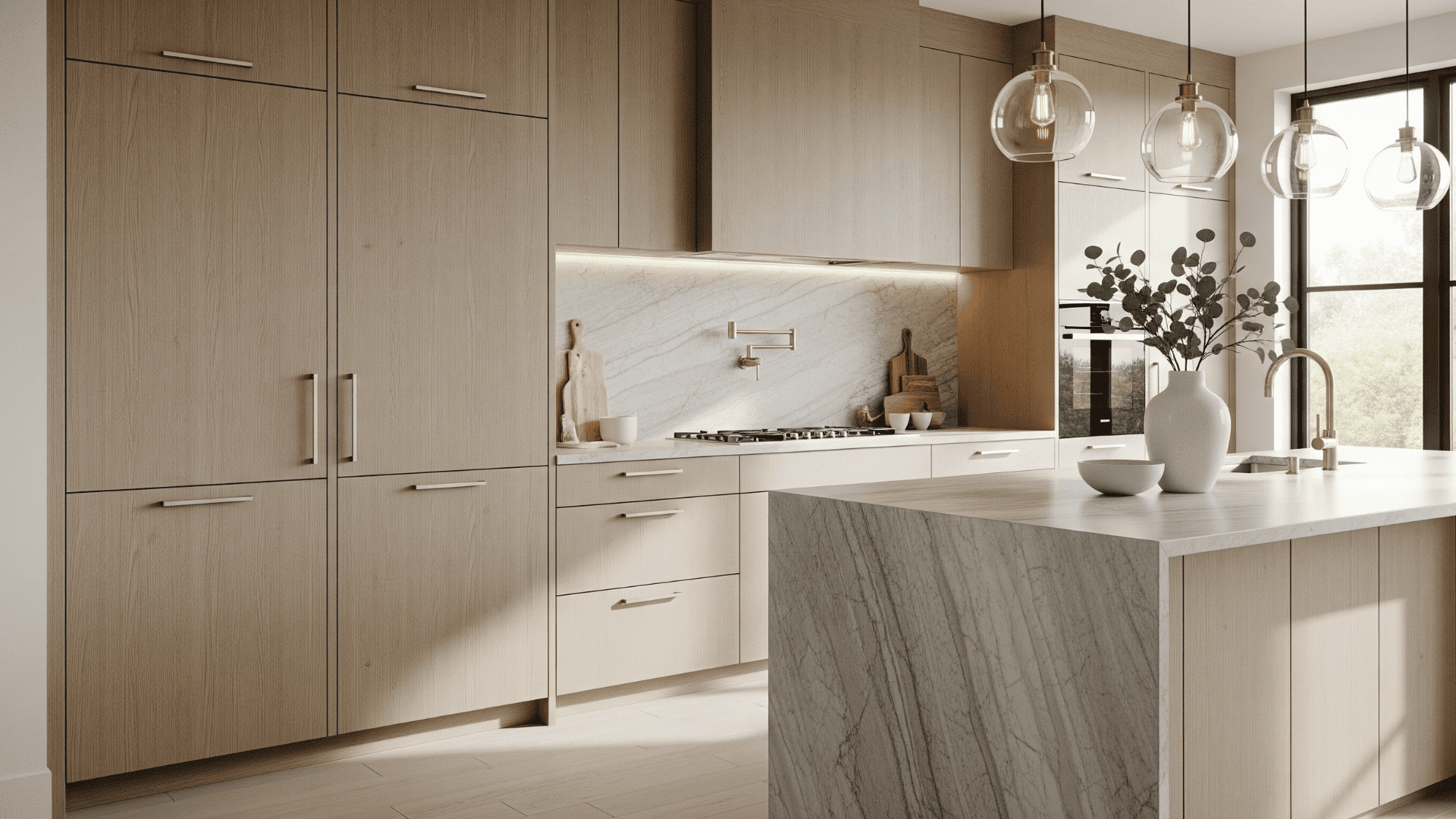
For slab or frameless doors, hardware placement typically involves keeping knobs or pulls 1 to 2 inches from the door edge.
This consistent spacing creates a streamlined appearance that complements the door’s smooth surface.
The clean, minimalist look achieved by this method enhances modern kitchen designs, ensuring the hardware is noticeable yet unobtrusive.
Tall Pantry Door Hardware Placement
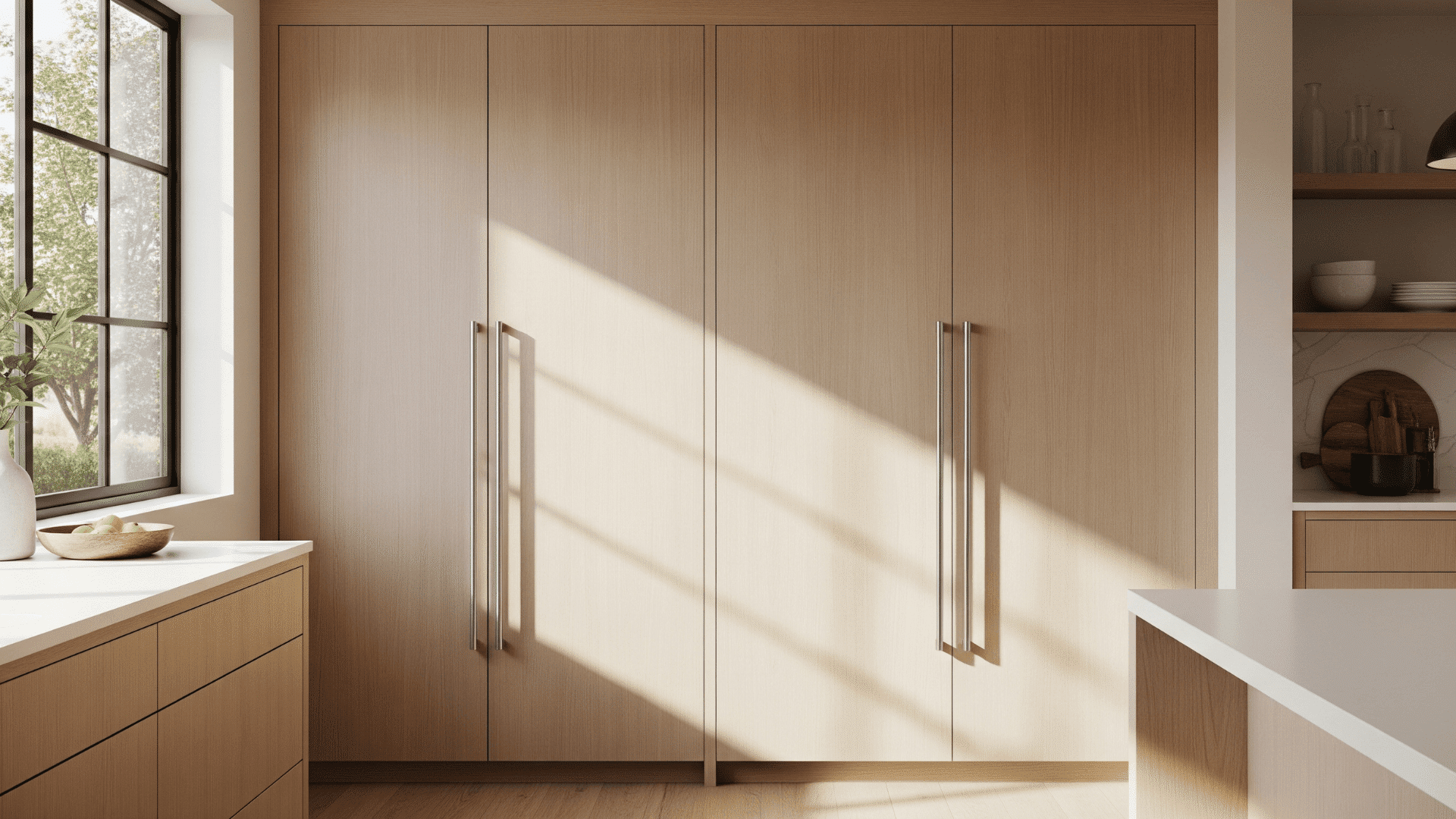
Tall pantry doors often use long vertical pulls centered on the door’s height for ease of access and visual balance.
However, placement must consider the user’s reach to avoid discomfort.
Ergonomic positioning tailored to the household’s needs improves usability without sacrificing the door’s sleek, contemporary appeal, making the pantry both stylish and functional.
Tools & Templates (Your “No-Mistakes” Kit)
Cabinet hardware installation requires precision for both aesthetics and function.
Using proper tools like templates and jigs ensures accuracy, speed, and consistent placement, eliminating common errors that come with hand-measuring.
| TOOL/METHOD | BENEFITS | TIPS |
|---|---|---|
| Templates/Jigs | Provide fast, repeatable, and precise placement | Use center-to-center measurements for alignment |
| Hand-Measuring | Flexible but prone to errors and inconsistencies | Double-check all measurements carefully |
| Painter’s Tape Test | Allows trial placement without marking or damage | Apply tape to mark drill points before making holes |
Adopting these tools and practices helps achieve professional, error-free hardware installation, enhancing both the look and usability of your cabinets.
Style & Function Rules You Won’t Regret
Cabinet hardware not only enhances the look of your space but also plays a vital role in functionality.
Choosing the right style and placement maximizes comfort and usability while maintaining a cohesive design.
Knobs for Doors, Pulls for Drawers, and Heavier Doors
Knobs are ideal for most cabinet doors, providing a classic and easy-to-grip style. Pulls work best on drawers and heavier cabinet doors, offering better leverage for opening.
Thoughtful mixing of knobs and pulls can create visual interest, but consistency in hardware finish is key to maintaining a harmonious look.
Appliance Pulls for Dishwashers and Refrigerators
Appliance pulls are specifically designed for larger, heavier doors like dishwashers and refrigerators. They help evenly distribute weight, making these doors easier to open and reducing stress on the hardware.
Using appliance pulls also adds a professional, built-in appearance to your kitchen.
Common Mistakes (And Easy Fixes)
Common cabinet hardware mistakes can impact both usability and aesthetics.
Avoid these pitfalls to ensure a polished, functional installation.
- Placing knobs or pulls too high or too low, causing awkward reach.
- Inconsistent hardware heights along cabinet runs disrupt the visual flow.
- Using undersized pulls on wide drawers, leading to imbalance.
- Ignoring the 1/3 rule for pull length on drawers.
- Skipping the use of jigs or templates, increasing measurement errors.
By addressing these common errors, you can achieve a comfortable, cohesive, and visually appealing cabinet setup.
The Bottom Line
Careful cabinet hardware placement is a vital finishing touch that transforms ordinary cabinetry into a functional and stylish centerpiece.
By following proven guidelines, such as consistent measurements, appropriate knob and pull choices, and ergonomic positioning, you improve both usability and design harmony.
Avoiding common pitfalls like uneven heights or improper sizing ensures long-term satisfaction with your installation.
Whether refreshing existing cabinets or outfitting a new kitchen, investing time in precise placement pays off with a polished, professional look that complements your space.
Frequently Asked Questions
Is It Necessary to Place Knobs in the Corners of Cabinet Doors?
No, but corner placements maximize leverage and look classic; rails/stiles work well on Shaker.
What is the Recommended Distance from the Edge for Knob Placement on Different Door Types?
Commonly ~1 in from the side for doors; 1–2 in works on slabs, stay consistent.
Should Wide Drawers Use Two Pulls or One Long Pull, and What Size is Recommended?
Over ~24–30 in, either two pulls (rule of thirds) or a long pull ≈ 1/3–2/3 of the width.

